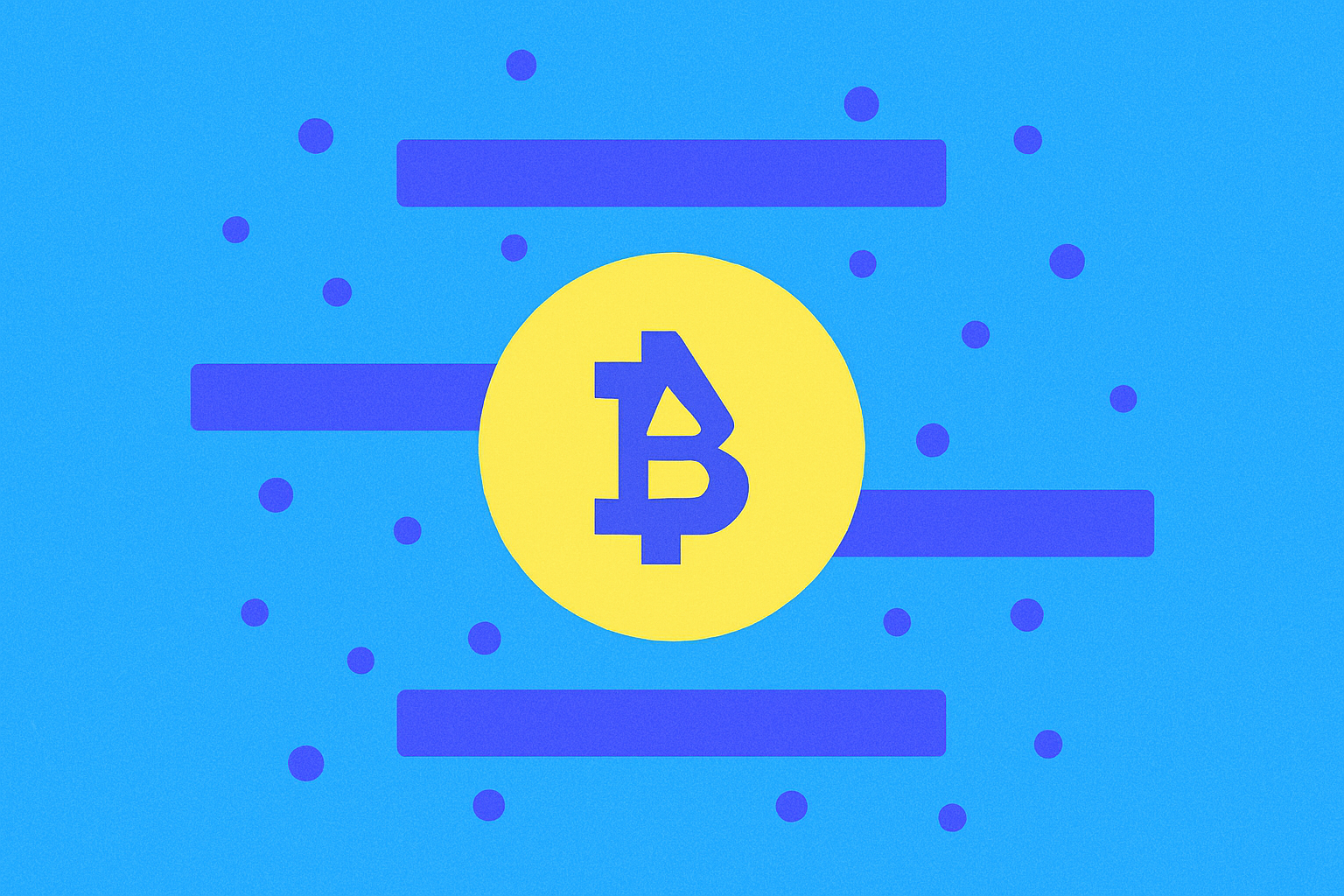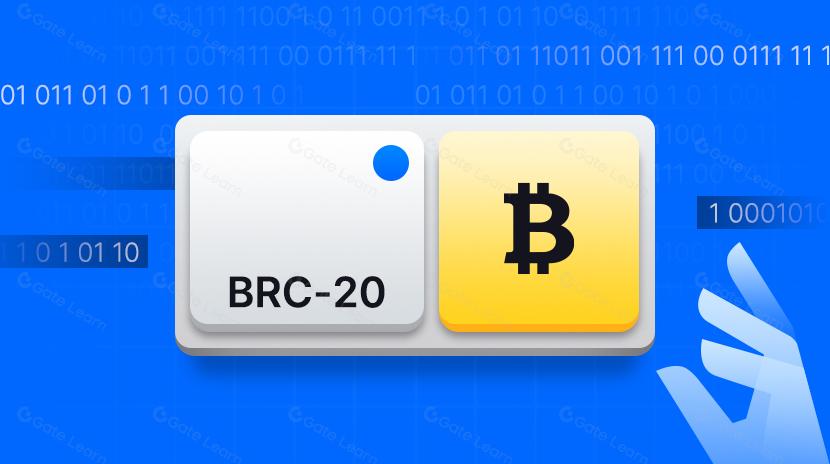btc key price levels

BTC key price levels refer to significant price points on Bitcoin's chart that hold technical importance and can have a critical impact on market behavior. These levels can take various forms, including historical support and resistance, psychological round numbers, Fibonacci retracement levels, and moving averages. Traders and analysts closely monitor these key levels to formulate trading strategies, identify potential market turning points, and forecast future price movements of Bitcoin. Key price levels are fundamental tools in technical analysis, and in the highly volatile Bitcoin market, understanding these critical points can help investors make more precise entry and exit decisions.
What are the main features of BTC key price levels?
-
Support and Resistance Levels:
- Historical support is where Bitcoin's price has bounced back multiple times after declining to a certain level
- Historical resistance is where price has repeatedly fallen after reaching a certain level
- Once breached, these levels often exhibit role reversal (resistance becomes support, support becomes resistance)
-
Psychological Price Points:
- Round number prices (such as 20,000, $50,000) often carry special psychological significance
- These levels typically attract a large number of limit orders, forming natural support or resistance
- Investor sentiment tends to be more volatile around these price points, often triggering significant price movements
-
Technical Analysis Levels:
- Moving averages (such as 20-day, 50-day, 200-day) often form dynamic support and resistance
- Fibonacci retracement levels (23.6%, 38.2%, 61.8%, etc.) are used to predict potential retracement depths
- Trendlines, channel boundaries also constitute important price reference points
-
Liquidity Clusters:
- Areas with large stop-loss orders in futures contracts often form important price levels
- Price ranges with concentrated trading volume also become potential support or resistance zones
- Order book depth charts from major exchanges can reflect these liquidity clusters
What is the market impact of BTC key price levels?
Key price levels have a profound impact on the Bitcoin market, dominating market participants' decisions and behavior patterns. When prices approach important support levels, buy orders typically increase, forming defensive positions; when prices approach significant resistance levels, sell orders correspondingly increase, creating pressure. Breakouts from or bounces off these levels often signal market trend changes, triggering large-scale follow-up trades.
Institutional investors frequently place large orders or stop-losses at these key levels, further reinforcing their importance. When multiple technical indicators converge at the same price area (such as the 200-day moving average coinciding with a historical resistance level), they typically form even more critical price zones, making breakthroughs of such areas more significant.
In the Bitcoin market, key price levels manifest more prominently compared to traditional markets, which relates to Bitcoin's 24/7 trading, global participation, and lack of regulatory intervention. As Bitcoin market liquidity increases and institutional participation rises, the role of these key price levels becomes more prominent and reliable.
What are the risks and challenges of BTC key price levels?
Over-reliance on key price levels for trading decisions carries various risks and challenges. First, "false breakouts" are particularly common in the Bitcoin market, where prices may briefly breach a key level before quickly reversing, creating bull or bear traps. Second, during extreme market conditions or major news events, these technical levels may completely fail to provide effective support or resistance.
Key price levels across different timeframes may contradict each other; for example, a support level on the daily chart might be resistance on the hourly chart. Additionally, since Bitcoin prices vary across different global exchanges, the validity of key price levels can be affected. Market manipulation is another risk, as some large holders may deliberately push prices through certain key levels to trigger market chain reactions and profit.
With the proliferation of algorithmic trading and quantitative strategies, traditional key price level analysis methods also face challenges. These automated systems may exploit the consensus most traders have about key price levels by executing contrary operations, making classic technical analysis ineffective in certain situations.
Key price level analysis works best as part of an overall trading strategy rather than as the sole basis for decisions. Combining it with fundamental analysis, market sentiment indicators, and on-chain data can improve the accuracy and robustness of trading decisions.
Bitcoin's key price levels hold significant importance for market participants. They represent not only points of contention between buying and selling forces but also reflect market consensus and investor psychology. By systematically identifying and analyzing these key levels, traders can gain important insights into price behavior and develop more effective trading strategies. However, in the highly volatile cryptocurrency market, key price levels are just one of many analytical tools and should be used in conjunction with other technical and fundamental factors to form a comprehensive market view. As the Bitcoin market continues to mature, understanding and application of key price levels will continue to evolve, but their position as a core component of technical analysis remains unchanged.
Share
Related Articles

In-depth Explanation of Yala: Building a Modular DeFi Yield Aggregator with $YU Stablecoin as a Medium

BTC and Projects in The BRC-20 Ecosystem
